|
Another clear night on the Atlantic Coast, again with good seeing (but mediocre transparency). Once again I quickly set up my EVScope, and this time I had eyes on the galaxies in the Big Dipper, towards the north, and the Nebulae around the galactic core in the south. The galaxies turned out to be a little disappointing, partly because the EVScope's "enhanced vision" - its image-stacking mode - kept cutting out after just a few minutes. I've had a spotty and unpredictable wifi signal here, which might be to blame. Light pollution is also worse towards the north, and the Big Dipper was low on the horizon. The nebulae to the south, however, were nothing short of spectacular. Below (clockwise from top left) are the Lagoon, Omega, Trifid, and Eagle nebulae, in five- to 10-minute exposures. What really strikes me is the amount of subtle detail in each of these short exposures, especially the dark lanes weaving through each nebula. I took all of these shots, collectively, in about 30 minutes - and then packed up my telescope in around 10 seconds. So, another successful night here in Lewes, Delaware. Now it's back to our light-polluted skies in DC, where my next targets will probably be Jupiter and Saturn.
0 Comments
It's been boiling hot and cloudy at night through much of July and August in DC, but this week we escaped to the Atlantic coast. I asked my five-year-old daughter which telescope I should bring, and though Jupiter amd Saturn are high and bright right now she was adamant: the one that would give the best views of nebulae and galaxies. Though I was tempted to bring my TEC 140, the EVScope was the clear choice. I set up the little telescope beneath skies in Lewes, Delaware, that were just about dark enough to reveal the Milky Way. Seeing was really good and transparency was about mediocre. While lying on a hammock in the sun room, I controlled the EVScope and slewed it from one target to another, checking its progress on my phone. You just can't beat that convenience. When there's a lot of light pollution - as in DC - I quickly notice a brightening at the edges of the screen when taking EVScope exposures that are more than a few minutes long. No such trouble here in Lewes, where the light pollution is not comparable to what it's like in DC. I realized things were different right away, with this exposure of the Whirlpool Galaxy. I've written this before, but wow what a thrill to set up a suitcase-sized telescope and, within minutes, observe nebulae in a galaxy 30 million light years away! The more I use the EVScope, the more I find myself thinking that telescopes like it represent a huge part of the future of amateur astronomy. Light pollution is unlikely to get much better any time soon, and attempts to reduce future warming by increasing the opacity of the atmosphere are becoming increasingly plausible (this is known as solar geoengineering). Electronically assisted astronomy (EAA) will help observers overcome these obstacles - while giving them views of the distant universe that simply can't be matched with traditional optics (at least not in a portable package). The technology will only get better, and I can imagine telescopes that can switch seamlessly between modes ideal for Solar System and deep space object observation. While the EVScope can deliver impressive views within the biggest cities, it dawned on me last night that it really comes into its own under darker skies. Perhaps it's no surprise that even EAA follows the same principle as traditional astronomy: the darker the sky, the better the view. The EVScope only reduces - enormously - the usually extreme difference between dark-sky and polluted-sky observing. For example, I've been trying to get a good shot of the Dumbbell Nebula for the longest time in Washington, DC, but whenever I tried I ended up with little more than a disappointing blob. But just look at the view after just 10 minutes in Lewes. To me, the level of detail and color is nothing short of phenomenal. And what a thought: the Dumbbell Nebula is illuminated gas released by a red giant star before its collapse into a white dwarf (in this case, the largest white dwarf known to astronomers). This is what our Solar System could look like in six billion years or so. So yes: when it comes to the EVScope, it's hard to beat the views. And it fits in a tiny corner of my car's trunk, tripod and all!
|
Archives
March 2024
Categories
All
|

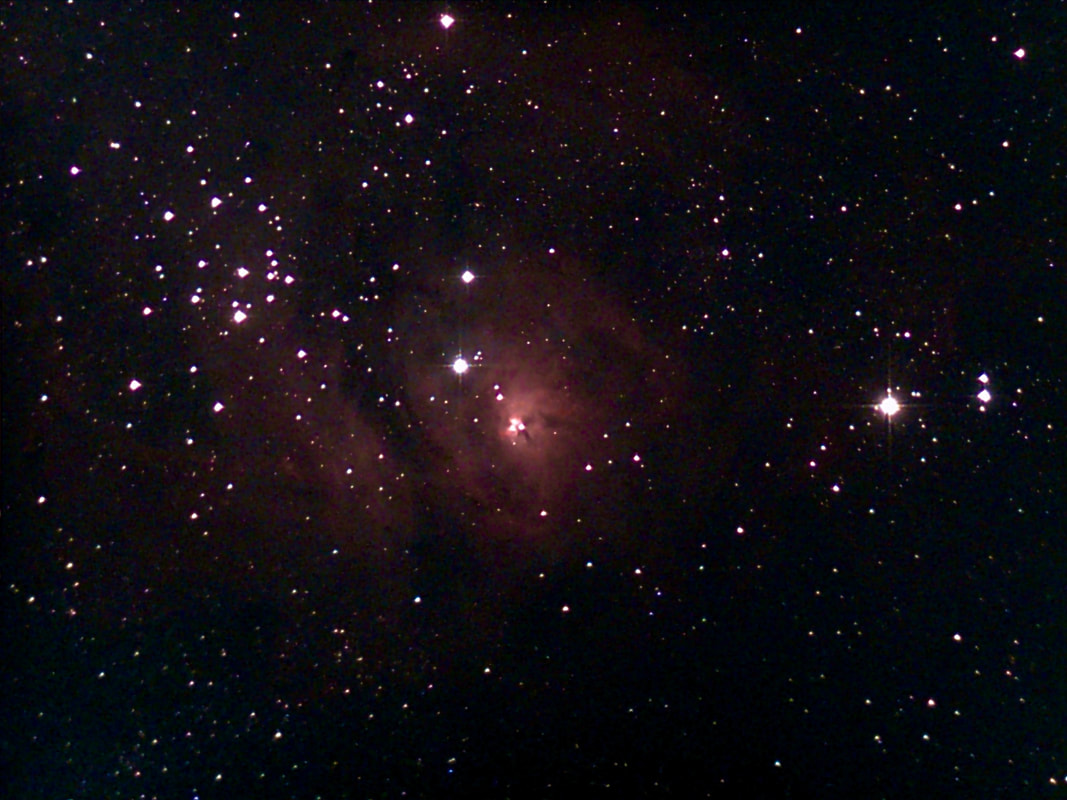
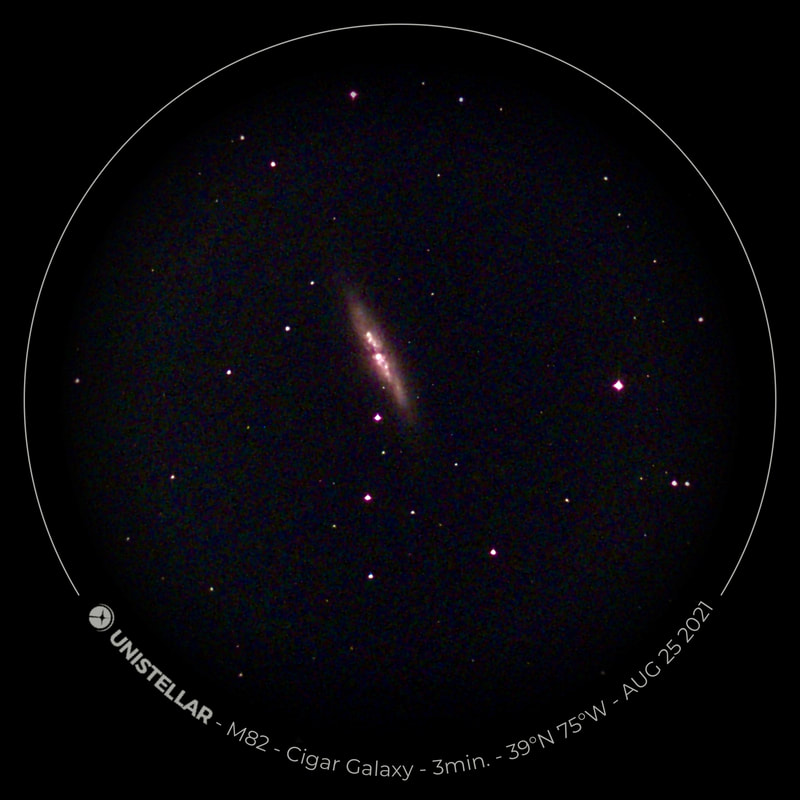
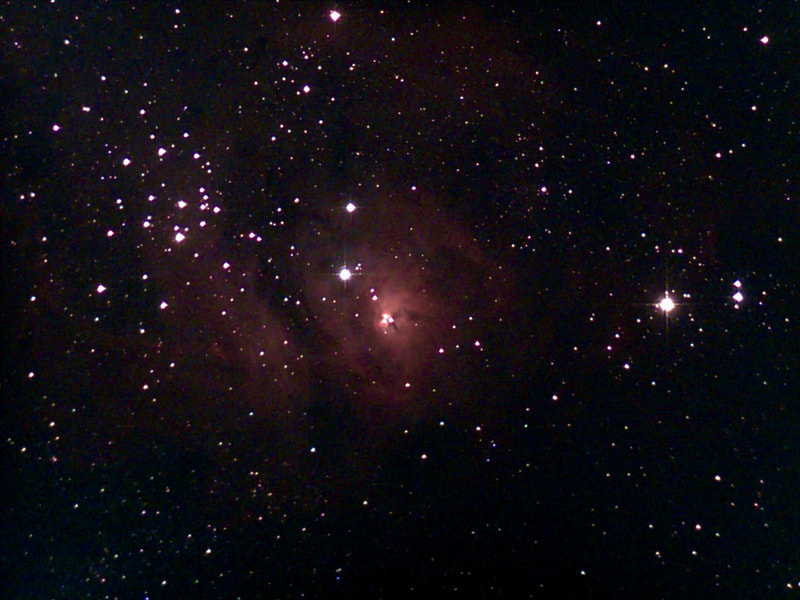
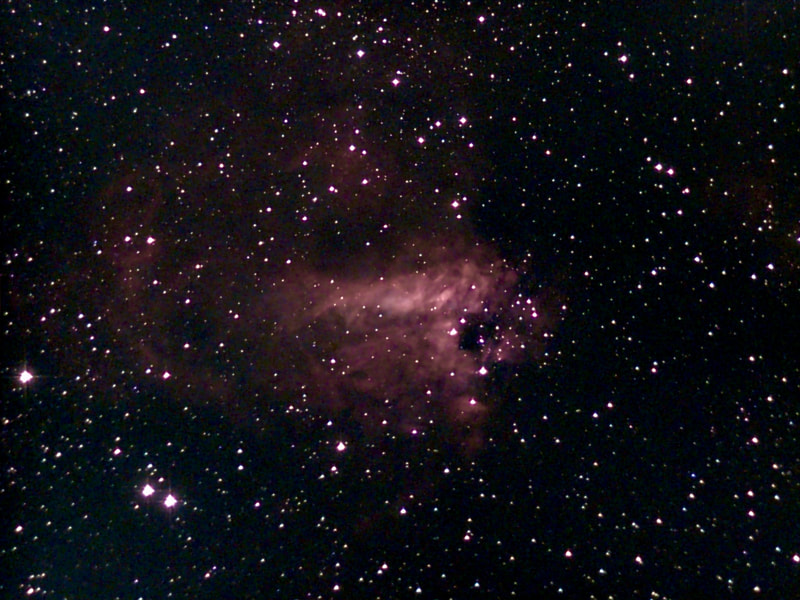
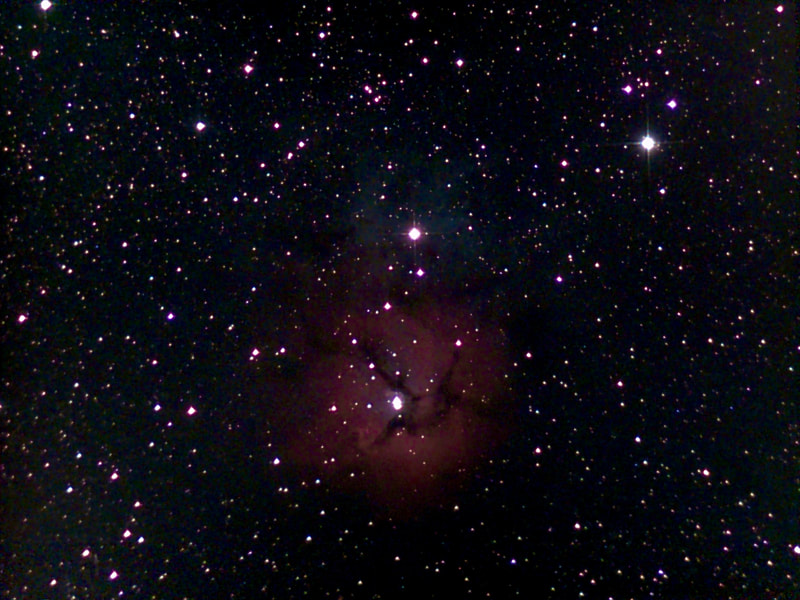
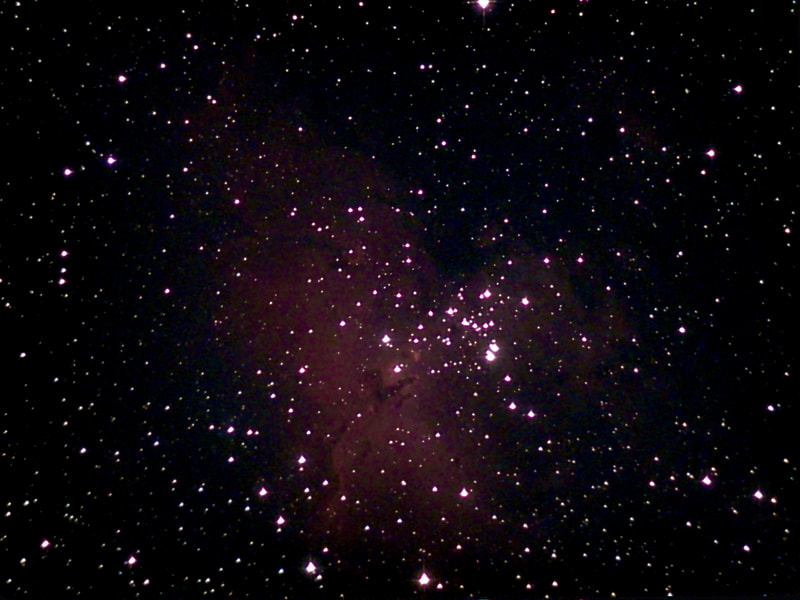
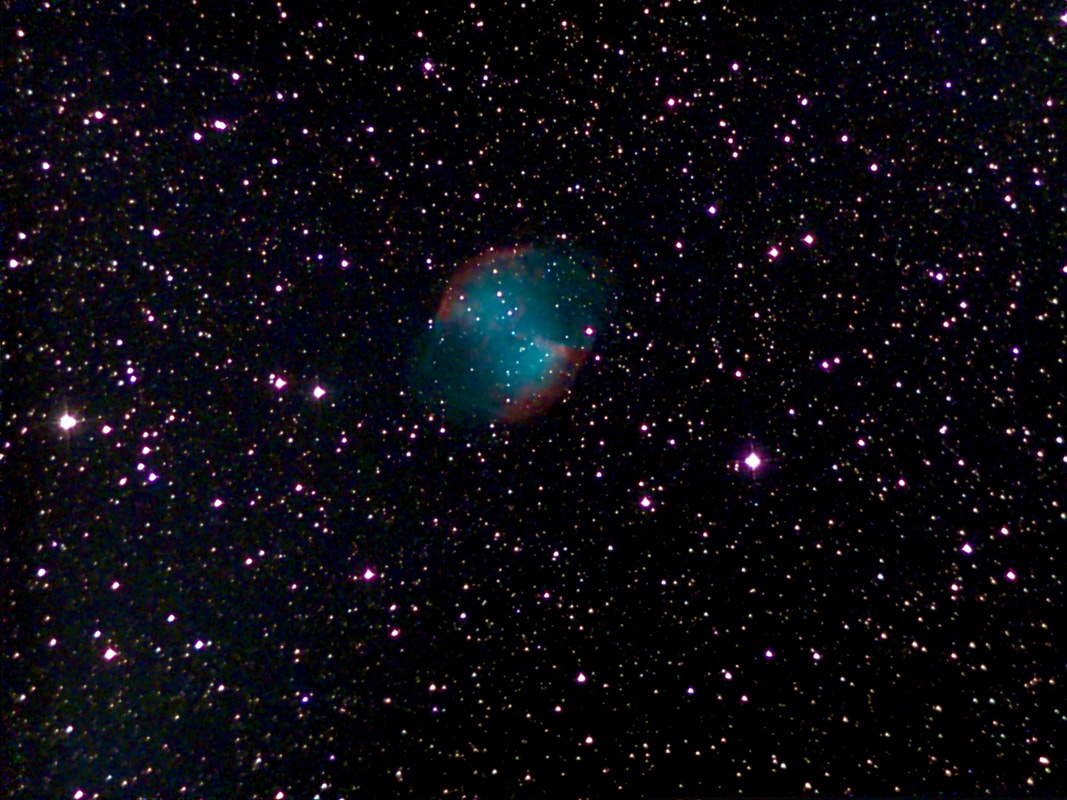
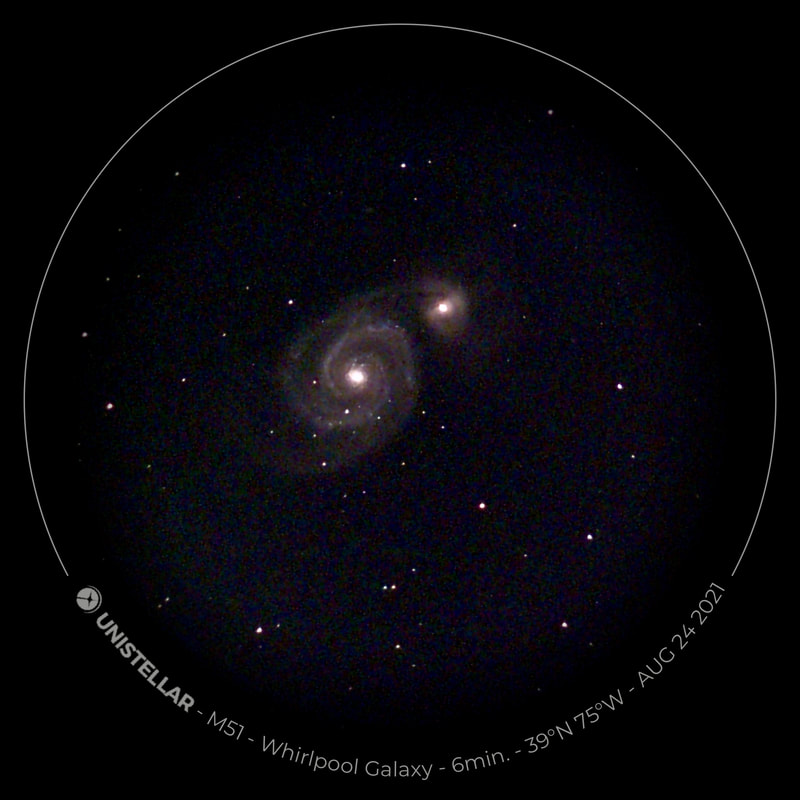
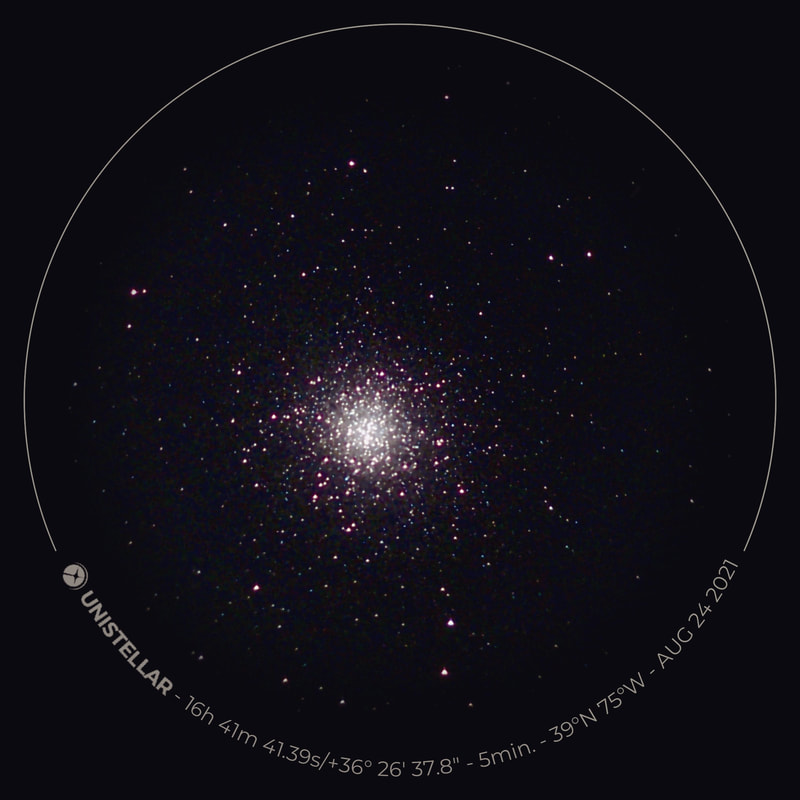
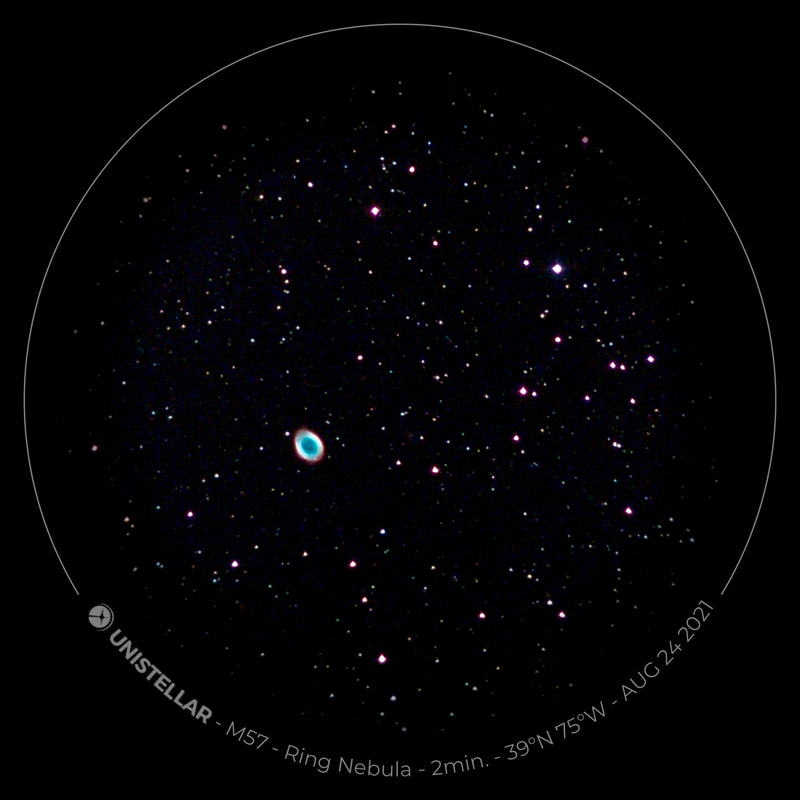
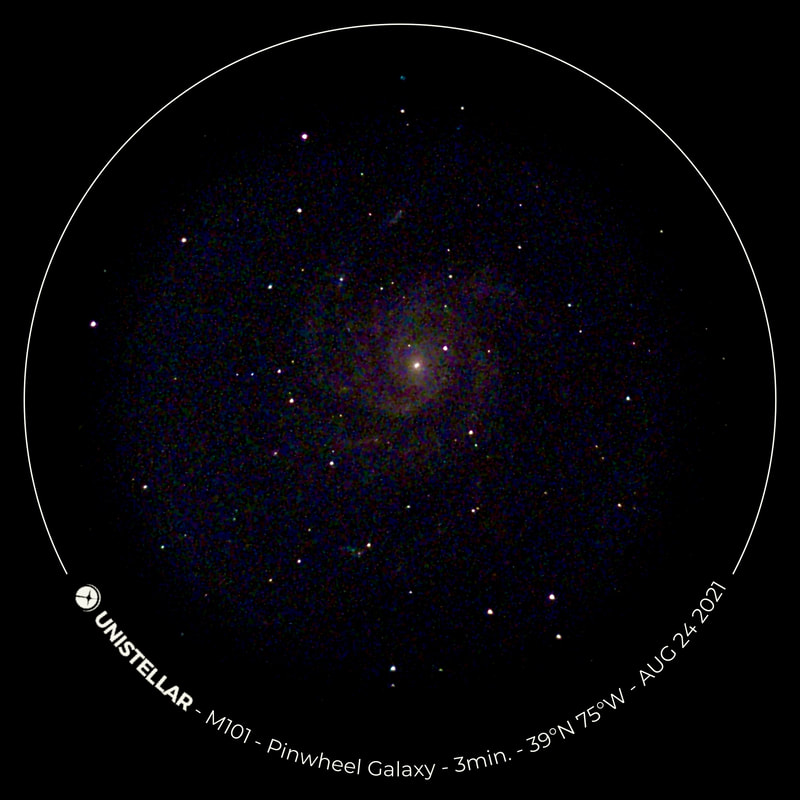
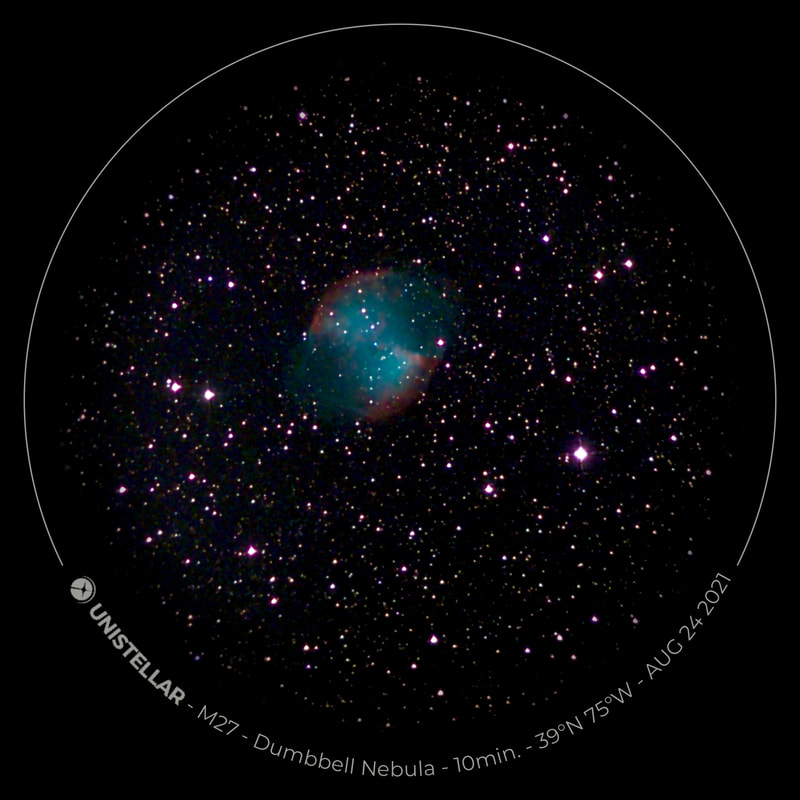


 RSS Feed
RSS Feed